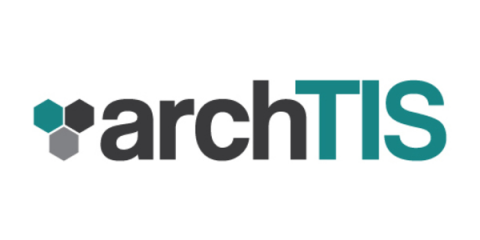Managing Administrator Privileges for Australia's Essential Eight Cybersecurity Compliance
The concept of least privileged access has been around for a while and is widely understood. However, overprivileged users with more rights than necessary, such as administrators, continue to be a common source of breaches. It’s such a concern that the restriction of administrative privileges is included as one of the Australian Government’s Essential Eight Maturity Model to mitigate cybersecurity incidents.


